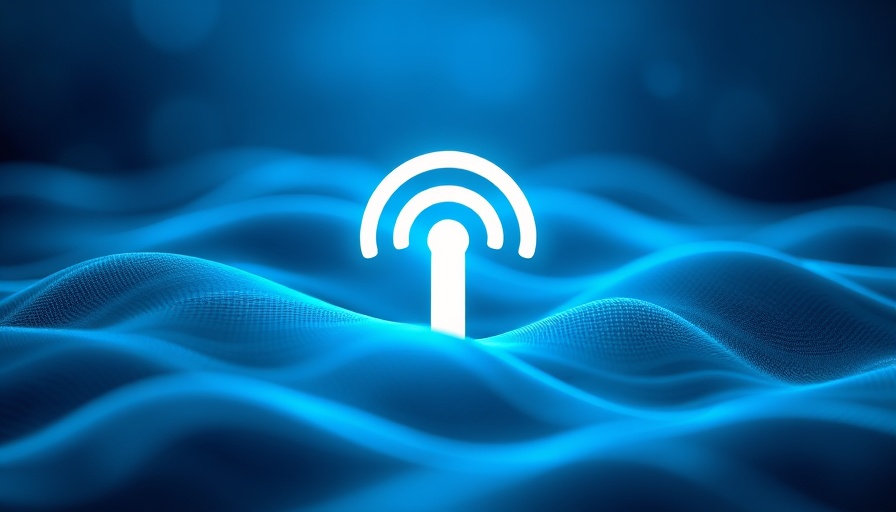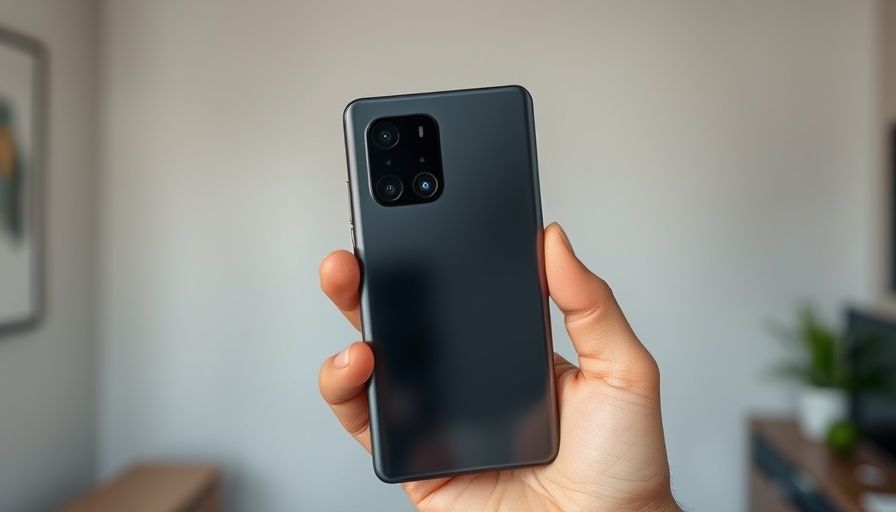
Microsoft's Major Shift: What It Means for Your Smart Home
If you’re a savvy young homeowner in London, you’re likely accustomed to integrating technology seamlessly into your daily lives. Microsoft’s recent announcement to discontinue its Mobile Plans app by February 27, 2026, may sound alarming, but there’s a silver lining that can enhance the connectivity of your smart home.
Understanding the Change: A Seamless Transition
Microsoft is moving towards a “more integrated experience” that connects Windows PCs directly with mobile operators' websites. This means, instead of using the Mobile Plans app, users will purchase and manage cellular data through Windows settings and their browser, providing a more streamlined approach. As someone interested in smart living, this transition signifies a step towards homes that are even more connected, as you can better manage how your devices interact with cellular networks in less time.
Staying Ahead: Future Insights for Smart & Connected Homes
For you, the user experience will evolve by eliminating the need for specific applications. Instead, you'll have a direct line to initiate services and manage eSIMs—no longer needing QR codes or codes that could bog down the process. This new direction could also mean fewer applications to manage, which aligns perfectly with your tech-savvy lifestyle. As these changes roll out, expect a focus on user-friendliness that enhances the productivity of your connected homes.
Localized Impact: How London Carriers Are Responding
While Microsoft promises guidance for carriers, responses may vary across London, affecting how quickly the new systems are adopted. If your current provider isn’t equipped to adapt swiftly to Microsoft’s new approach, it could disrupt your connectivity for a short while. This underscores the value of supporting local carriers that exhibit agility and responsiveness to evolving technology needs.
Community Solutions: Preparing for a New Era
While some local service providers may take time to update their processes, proactive homeowners can get ahead of the curve. Ensure your cellular provider is aligned with Microsoft’s new setup before the shutdown of the Mobile Plans app. Engaging with your community about which carriers are adapting effectively can be beneficial; you might discover alternatives that further support your smart home objectives.
A Call to Action: Stay Informed and Connected
As a community-focused individual with an interest in sustainable living and innovation, staying informed means you can make decisions that are beneficial for your home and the environment. Monitoring how local carriers plan to embrace this change can empower you to maintain connectivity, ensuring that your smart devices continue to thrive in your home. So, reach out to your providers, ask the right questions, and share insights with your community!
 Add Row
Add Row  Add
Add 




Write A Comment